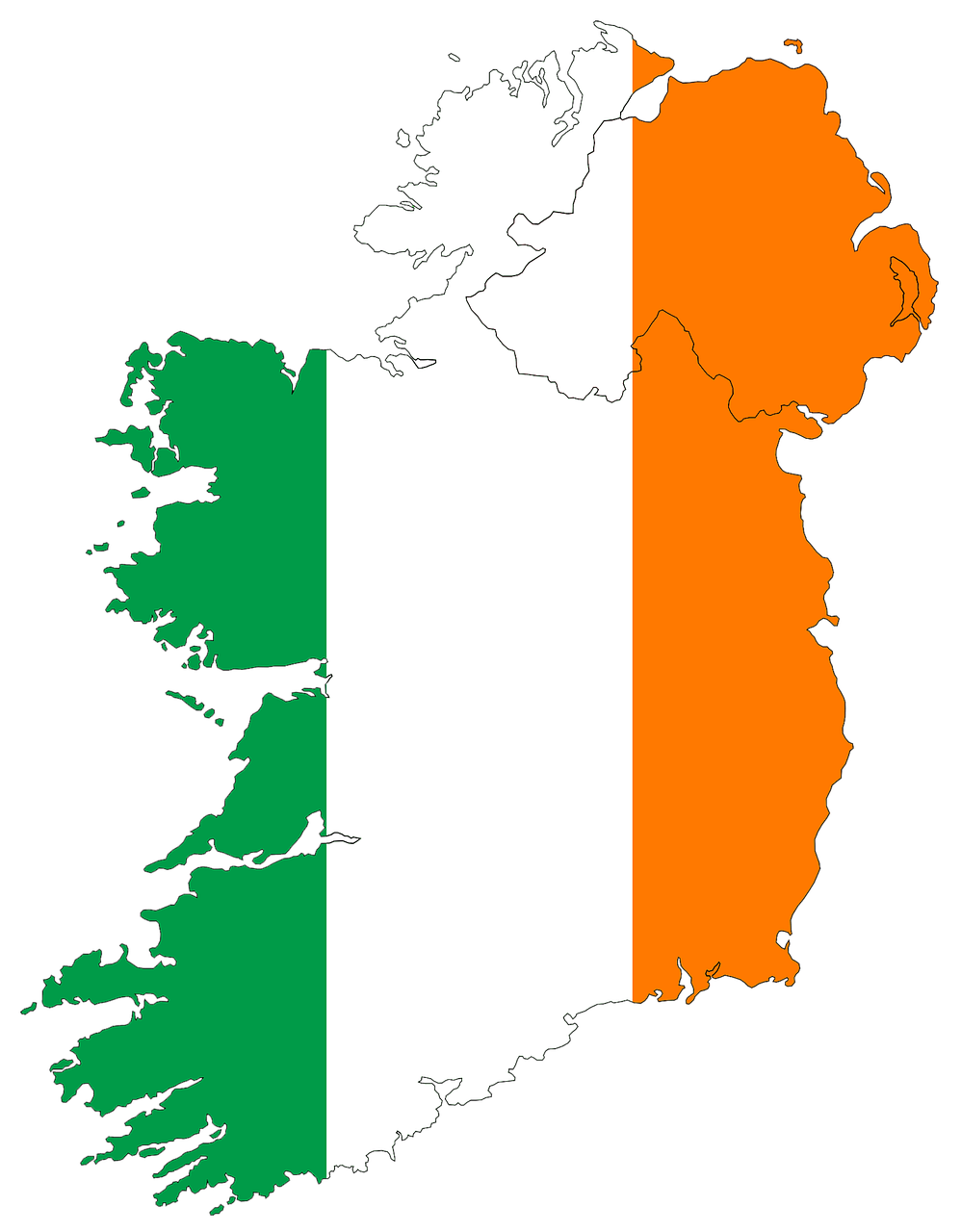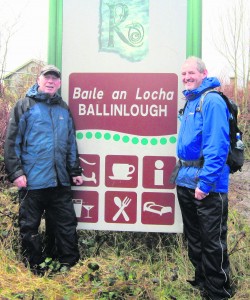The Beara Way follows the line of the march of O’Sullivan Beara in 1602. In the aftermath of the Battle of Kinsale the O’Sullivan Beara clan undertook this march from the Beara Peninsula in West Cork to the safe haven of O’Rourke’s Castle in Leitrim.
When departing on the journey on New Year’s Eve 1602 there were 1,160 of the clan – men, women, children and 400 soldiers all led by Donal Cam O’Sullivan (the last great chieftain of Beara). However, after a troubled journey through the spine of the country which saw many battles, starvation and deaths, only 34 people reached their destination.
The walk is over 722 kilometres (449 miles) through the counties of Cork, Kerry, Limerick, Tipperary, Offaly, Galway, Roscommon, Mayo, Sligo, Leitrim and Cavan.
Walkers can experience a whole range of beautiful landscapes, mountains, woodland, bogs, riversides, farmlands and roadways and tracks.
Teaming up for historic walk
A historic and strenuous journey, it always interested local mountaineers John McNulty and Owen Ryan.
John is from Hospital in South Limerick and has been a member of the Ballyhoura Bears Walking Group for almost 20 years, while Owen Ryan is a native of Kilfeacle in West Tipperary and has been a member of the Galtee Walking Club for just as long.
The pair are very well experienced mountain climbers and walkers, and have been on many trips together over the years including, Mount Elbrus in Russia, Ben Nevis in Scotland, the Peak District in England, Snowdon in Wales and numerous trips and climbs throughout Ireland. John has also climbed Aconcagua in Argentina, Kilimanjaro in Tanzania, the Atlas Mountains in Algeria, Mont Blanc and Gran Paradiso in the Alps, Island Peak and Everest Base Camp in the Himalayas of Nepal.
Owen has climbed Kilimanjaro in Tanzania and Aconcagua in Argentina.
19 day trek
Galtee Walking Club member Rody Tierney first proposed this endeavour and some members accompanied John and Owen at certain stages of the journey. The walk was completed in varied weather conditions – conditions, rain, wind and sunshine accompanied them over their 19 day trek. It took them 14 days to complete the exact Beara Trail but they deviated also on their trip to climb some nearby mountains, including the Ox Mountains and the Galtees, and to view some tourist sites and spots of interest along the way. At an average of 35 kilometres a day, it was definitely a great achievement and one that both men thoroughly enjoyed. They completed the Beara Way through West Cork climbing up through the hillside overlooking the beautiful rugged peninsula walking from Dursey Point to Castletownbere, over rocky terrain to Ardigole and finishing in Glengarriff. The next stage was done using the scenic Gougane Barra as their base, then on to the Slí Gaeltacht Mhuscraí through the Kealkill area and through the forestry to the glacier scared Gougane Barra with its enchanting lake and church founded by St. Finbarr. The next stage was the Duhallow Trail in North Cork passing through Ballyvourney and Millstreet, crossing over the River Blackwater and on to Lismore and Newmarket.
On the Ballyhoura Way
The Ballyhoura Way through Limerick and Tipperary was next up and, with it, came a notable achievement.
Their progression through the Ballyhoua area they completed 89 kilometres (55 miles) in less than 24 hours without stopping for more than an hour; from St. John’s Bridge (North Cork) to Limerick Junction in Tipperary, through the villages of Galbally and Kilfinane and along the Glen of Aherlow on the way.
The pair then headed off from Tipperary Town on to Donohill where O’Sullivan attacked the moate for its precious grain to feed his starving followers. Onwards then to Ned of the Hill countryside above Hollyford where a monument in the shape of a lighthouse is erected to his memory. The Ormond Way and the Hymnay Way were next through the midland towns of Toomevara, Ballingarry, Portumna and Clonfert. O’Sullivan crossed the River Shannon 3 miles North of Portumna using the hides of approximately 15 horses to construct two boats to ferry his followers across the kilometre wide Shannon unlike us who used the bridge at Portumna. John and Owen also passed through the bog land battle site of Aughrim, here also O’Sullivan made a stand at Bloddy Hollow, and although outnumbered 10 to 1 he out manoeuvred the enemy and won the day. A series of ridges formed in this part of the country during the ice age called the Esker Riada and this forms part of the trail which leads to Ballygar.
Into Galway and Roscommon
The Suck Valley Way through Galway and Roscommon was next where they passed through the villages of Cleggs, where Parnell made his final speech, Ballymoe, Glinsk and onto Lough Glinn. This is sheep country where the trail also crosses the bogland and callous of the River Suck. The Miners Way in Sligo was next, the name derived from a route used by the miners working in the old Arigna coalmines.
This trail crosses over the Bricklives Mountains circling the Key and Arrow Lakes onto Kiloran Castle. Finally they undertook the Leitrim way where in lovely Leitrim Town O’Sullivan’s remaining army and followers arrived after their trek to the safe haven of O’Rourke’s Castle. John McNulty and Owen Ryan also continued their walk further to take in the Cavan Way and ended in Blacklion where they crossed the bridge to Belcoo which links with the Ulster Way.
Remarkable achievement
The walk took them through many villages in the 11 counties they travelled through. The two stayed in hotels and B&B’s along the route and even used their trusty Transit van for shelter on occasion. They regularly used two vehicles as transport to and from the starting and finishing points of their daily walks, and walked for anything up to 13 hours straight during the days. John McNulty and Owen Ryan finished their trek in Blacklion Co. Cavan in May after completing quite a remarkable journey.






